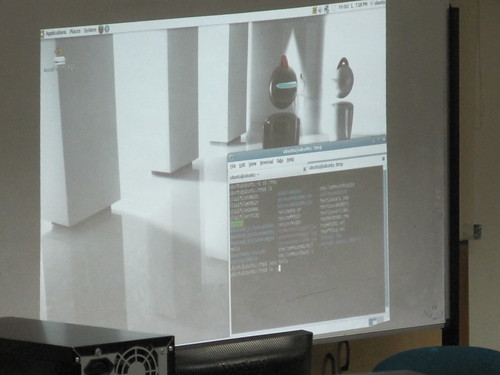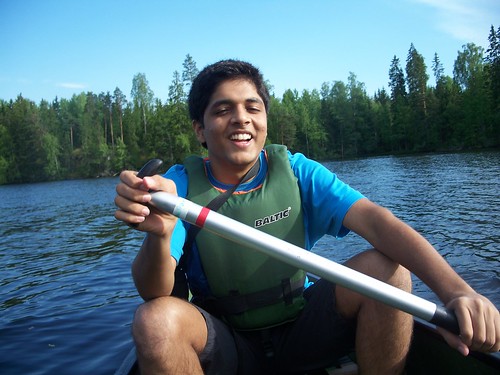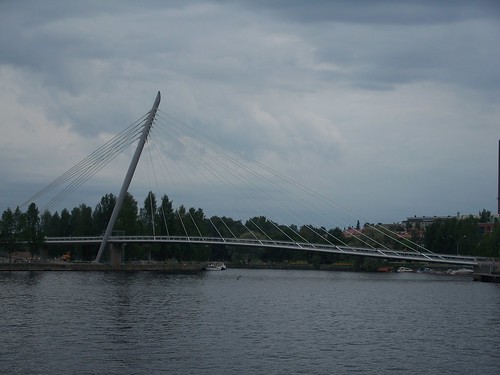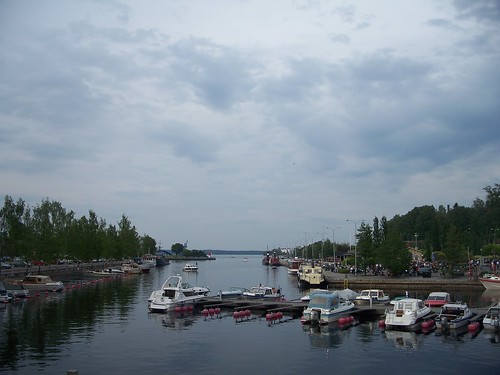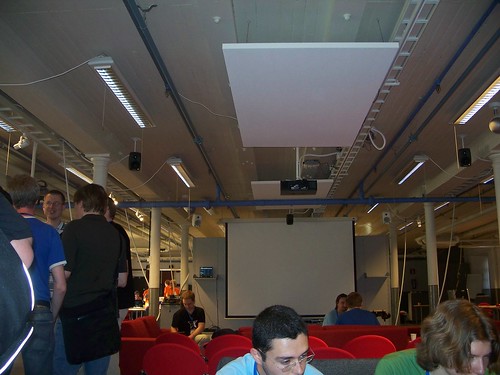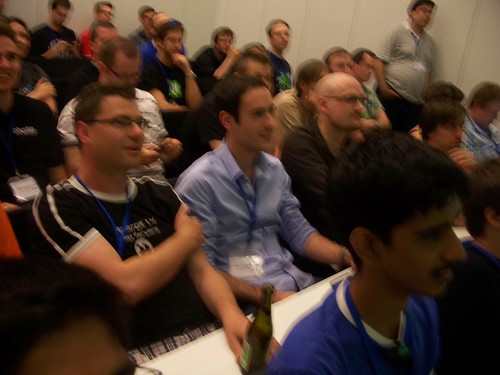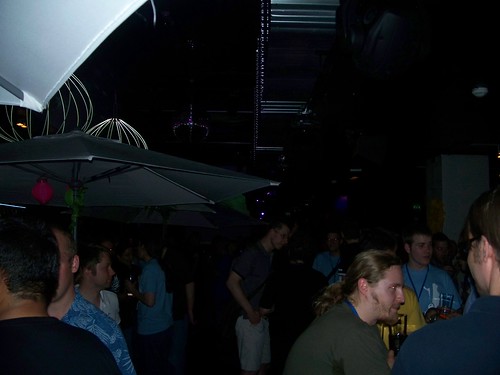The 10th and sadly last foss.in took place this week in Bangalore. I was there for all three days of the conference and it was great. This time around we were 6 students from my college. In addition, at the last minute a lot of KDE developers did turn up, including Vishesh Handa, Pradeepto, Abhishek and Sujith.
Danese Cooper’s opening talk about the architecture of Wikipedia was inspiring. That one of the top 5 websites in the world, is powered by just 450 servers and 60 people is an inspiring tale of open source skill and passion. Danese was here to consider a possible server location in India to serve Asia. Wikimedia was also kind enough to give t-shirts as part of the foss.in delegate kit. The calendar in the delegate kit also has stunning wildlife photography.
foss.in lunches are always delicious so that came before any talk. With Nokia being one of the sponsors, Meego was being pushed heavily with 2 days of talks and workshops. Nokia is already pushing QML as a… but I’m getting ahead of myself.
So yes, on day 1, Aditya Bhatt had a talk on libface which by the way, will identify anything as a face. Rahul Sundaram’s talk about Fedora’s early mistakes was good learning for other FOSS projects. But I was distracted by this time by the announcement that Nokia was giving away two or three N900s!
To those who don’t know, the N900 is a hand held computer powered by Maemo, with complete root access and lots of developer friendly features. At the same time it gives any smart-phone the run for its money. Nokia has been agressively pushing the N900 to developers so that the Meego platform can start getting application support. Since Qt applications run directly on Meego, KDE developers are a particularly strong N900 market. Now it was my chance to get one! The catch was to make a QML/Qt based program and submit it on the third day of the conference.
I’ve had QML in my sights for quite some time, but never took out the time to actually try it out. Here was an opportunity. So I made Solarwolf in pure QML and JavaScript. QML’s state concept is very interesting and makes sense if you’ve read Computation and State-machines. Of course there are certain areas where it was much easier to write imperative code in JS. The code itself was written sprint style and is not the neatest or most refactored. What QML really needs is something similar to inheritance so that certain common properties (for example all Sprites have movement deltas) can be factored out. In addition it is odd that all Qt properties and classes have not been exposed in QML’s scripting environment. Things like QRect::intersects() would have been very useful.
Day 2 had Abhishek Patil’s talk about scripting Kate which was insightful and shows what an awesome piece of software Kate is. Anand Mitra’s talk about ZFS was the best technical talk in my two years at foss.in. He clearly had a good understanding of ZFS (seeing that I had nothing) and made everyone aware of the challenges of porting such core programs like filesystems. Leveraging the Git Object Store by Ramkumar Ramachandra was a good way to know how dumb git is. After that I skipped all the talks to hack on Solarwolf, so I’m not aware of the others. Fahrenheit did do a good show however.
By that night my game was pretty much done, it was working on Dinesh’s N900 and so with a bit of polish the next morning I was ready for submission. But with that, and talking to a few people about various things I missed all the talks, including CouchDB and QtWebkit’s graphics layer.
Aanjhan Ranganathan’s “A Hacker’s Apology” was a brilliant end to the final foss.in. The point about preaching Hacker Culture, and not politics or philosophy is the most important thing today. Encouraging everyone in the world to be curious about their surroundings and always asking why should be encouraged, rather than fighting about whether its Linux or GNU/Linux :). The slides aren’t up yet, but everyone should see them when they are available.
Following some moments of nostalgia by Atul Chitnis, The Raghu Dixit Project brought the house down with their superb music!
I won!
That’s right. I have a brand new N900. With a high-quality Bluetooth headset too. This chronologically goes in on the last day at around 5:00 pm, but I thought it deserved a seperate section. It’s a great phone except for the lack of STK support. Some of the little UI touches and shortcuts are especially heartening. They lend true geekiness to the phone. The camera is more than good enough for me, it plays virtually everything I throw at it, and it has inbuilt UPnP support! Now its time to play Angry Birds.


